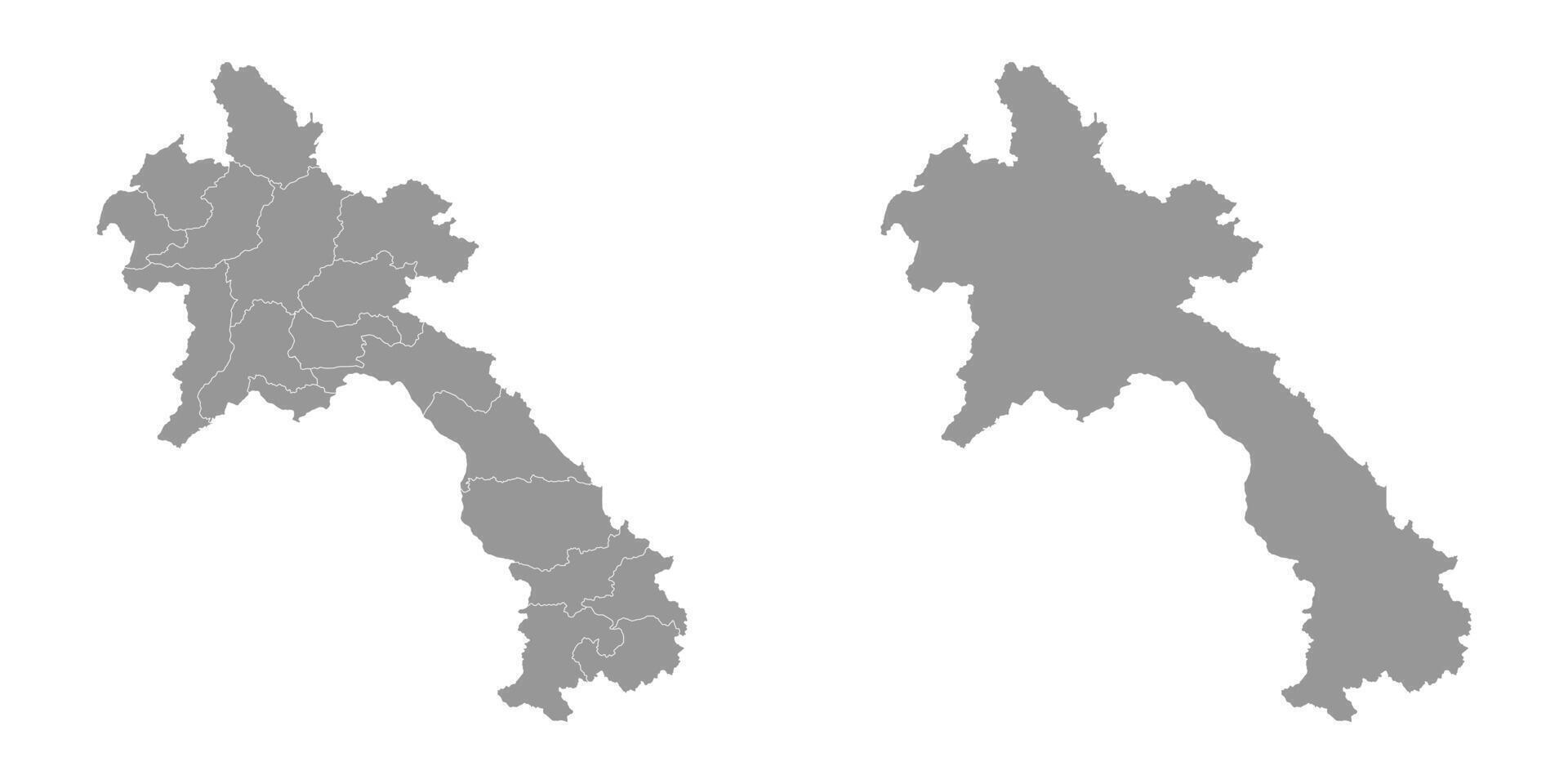Lao People’s Democratic Republic Urban Development Sector Assessment, Strategy, and Road Map
The document titled “Urban Development Sector Assessment, Strategy, and Road Map” by the Asian Development Bank (ADB) provides a comprehensive analysis of the urban development landscape in the Lao People’s Democratic Republic (Lao PDR). It outlines the strategic investment priorities necessary to address the challenges faced by urban areas, including inadequate infrastructure, limited local government capacity, and the need for improved urban services. The report serves as a roadmap for future investments and development strategies aimed at enhancing urban living conditions and promoting sustainable development in Lao PDR.

Introduction
Lao PDR is undergoing significant urbanization, with an increasing proportion of its population migrating to urban centres in search of better economic opportunities and living conditions. However, this rapid urbanization has led to various challenges, including inadequate infrastructure, poor urban planning, and insufficient public services. The document highlights that despite considerable investments in urban areas over the past two decades, many challenges remain that hinder the effective functioning of cities. The ADB aims to support the Lao government in addressing these issues through strategic investments and comprehensive planning. This report outlines the current state of urban development in Lao PDR, identifies key challenges, and proposes a strategic framework for future interventions.
Current Urban Development Context
The report begins by assessing the current state of urban development in Lao PDR. It notes that while there has been progress in improving urban environments and living conditions in major cities like Vientiane, significant gaps still exist. Approximately 25% of the population lives in urban areas, with many residents facing challenges related to housing quality, sanitation, and access to basic services. Key findings include:
- Inadequate Infrastructure: Many urban areas suffer from outdated infrastructure, including poor road networks, unreliable water supply systems, and inadequate waste management facilities. These deficiencies limit economic growth and reduce the quality of life for residents.
- Limited Local Government Capacity: Local governments often lack the resources and expertise needed to effectively manage urban development. This results in inefficient service delivery and a lack of coordination among various agencies involved in urban planning.
- Environmental Challenges: Urbanization has led to increased environmental degradation, including deforestation and pollution. The report emphasizes the need for sustainable practices to mitigate these impacts.
Strategic Investment Priorities
To address these challenges, the document outlines several strategic investment priorities:
- Infrastructure Development: There is a pressing need for targeted investments in infrastructure that focus on improving transportation networks, water supply systems, and waste management facilities. Upgrading these systems will enhance urban livability and attract investment.
- Capacity Building for Local Governments: Strengthening the capacity of local governments is crucial for effective urban management. This includes providing training programs, technical assistance, and resources to improve governance and service delivery.
- Sustainable Urban Planning: The report advocates for more flexible land-use plans that consider environmental sustainability and community needs. Developing comprehensive urban plans will help guide growth while protecting natural resources.
- Data Collection and Management: Improved data collection methods are essential for informed decision-making in urban planning. Establishing reliable databases will enable better monitoring of urban trends and facilitate effective policy responses.
- Public-Private Partnerships: Engaging the private sector through public-private partnerships can mobilize additional resources for urban development projects. Collaborative efforts can enhance service delivery and promote innovation in infrastructure development.
Road Map for Implementation
The document provides a detailed road map outlining specific actions needed to achieve the identified strategic priorities:
- Short-Term Actions: Immediate steps include conducting feasibility studies for priority infrastructure projects and establishing training programs for local government officials.
- Medium-Term Actions: Over the next few years, efforts should focus on implementing pilot projects that demonstrate successful models of sustainable urban development.
- Long-Term Goals: The ultimate aim is to create resilient urban environments that can adapt to changing demographic patterns while promoting economic growth and environmental sustainability.
Conclusion
The “Urban Development Sector Assessment, Strategy, and Road Map” serves as a critical resource for understanding the complexities of urban development in Lao PDR. By identifying key challenges and proposing strategic investment priorities, the document lays a foundation for future interventions aimed at enhancing urban living conditions. As Lao PDR continues to navigate its path toward sustainable development amidst rapid urbanization, implementing these strategies will be essential for building resilient cities that meet the needs of their residents while fostering economic growth. The ADB’s commitment to supporting these initiatives underscores the importance of collaborative efforts between government agencies, local communities, and development partners in achieving successful outcomes in urban development.
For further reading:
– Lao People’s Democratic Republic: Urban Development Sector Assessment, Strategy, and Road Map | Asian Development Bank
– ADB Reports, Asian Development Bank (ADB) – IDEAS/RePEc ideas.repec
